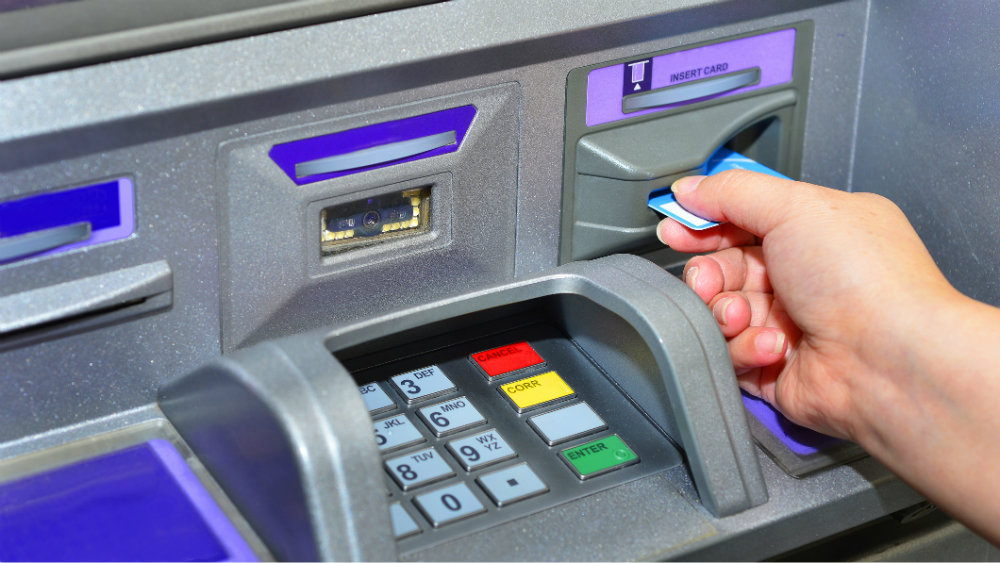Canadians are fortunate to have an investment account like the Tax-Free Savings Account (TFSA). You can see your savings grow tax-free over time through the power of compounding. After several years of investing, you can withdraw a portion of the balance or the entire amount without paying taxes.
It’s a delight that the TFSA room expands when the value of the assets within the account grows. However, your balance can also shrink due to bad investment decisions.
However, a market crash could compound your miseries, especially if your choices are risky investments. The downturn could wipe out your entire TFSA balance.
Shift to safer ground
There are steps you can take to prep your TFSA without sabotaging it. Diversification is the suggested action. You can have a combination of bonds and stocks to shield your TFSA from a severe bear market.
When equities are tumbling, investors flee from the stock market and shift to bonds. Safety takes precedence even if the returns on bonds are lower.
If you compare the general characteristics of bonds and stocks, the former has low volatility, but the potential upside is relatively small, if not fixed.
Whereas with stocks, there is higher volatility, but the potential upside is limitless. However, the likely downside is that you can lose everything. You can also lose in bonds, but you can recover some from the assets of the bond issuer.
Bond-like stock
Although bonds offer greater safety than stocks, the limited upside is the biggest drawback. Luckily, there’s a stock with unique features and can ride out a market crash. Fortis (TSX:FTS)(NYSE:FTS) is a utility stock that tends to be resistant to economic cycles.
Income investors are treating this $22.91 billion regulated electric company like a bond. Long-term investors in Fortis rely on this utility stock for income. Had you purchased $10,000 worth of shares in 1999, your total return today would be 1,206.80%, with a corresponding value of $130,701.01.
Note that the investment period is inclusive of the 2008 financial crisis, which lasted for three years. At the start of 2008, FTS was trading at $27.97 at writing.
By the end of 2010, the price was $33.98, or an appreciation of 21.45%. As of this writing, Fortis is at $52.27, a 53.82% escalation in nine years.
Prep your TFSA
Over the years, Fortis has been growing its earnings per share (EPS) at an awe-inspiring rate. The company’s dividend growth streak of 45 years is similarly imposing.
You wouldn’t think twice about investing in a utility stock that pays a 3.62% dividend, and sustainable for generations to come.
Fortis is an income-generator for conservative investors and retirees alike. For the next five years, the company has allocated an $18.3 billion capital expenditure.
It will help grow its dividend by 6% annually through 2024. Similarly, its regulated long-term contracts and investment-grade balance sheet will support the projects in the pipeline.
Rather than panicking and worrying about a capital loss in your TFSA, simply mitigate the risks. You can keep a portion of your savings in cash, bonds, and a stock like Fortis whose low-risk business model will not fall with a market crash.








